When it came out in 2003, the Phantom VII was the first modern Rolls-Royce in decades. But that model’s significance went beyond its connection to its ancestors or its moment in time. The 2003-2017 Phantom VII provided a glimpse at the future of the ultra-luxury automaker.
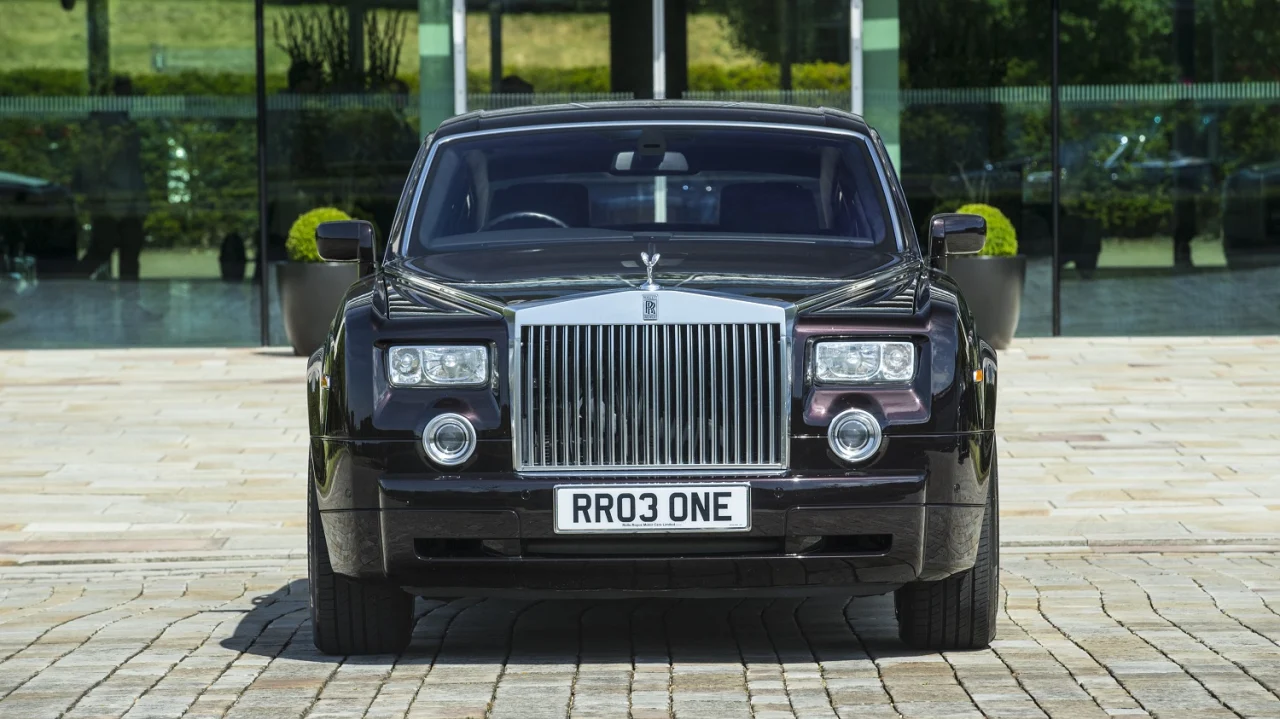
After BMW acquired the rights to manufacture Rolls-Royce automobiles in 1998, it set about creating an entirely new factory for an all-new model. One minute after midnight on January 1, 2003, the first Phantom VII was delivered to its new owner at Rolls-Royce’s Global Centre of Luxury Manufacturing Excellence, aka Goodwood, where every Rolls-Royce has been made since then.
Instead of using dated body-on-frame or even unibody construction, Rolls-Royce opted for a stiff yet lightweight spaceframe for the Phantom VII’s underpinnings. The skeletal framework, dubbed the “Architecture of Luxury,” consisted of approximately 200 extruded sections that served as connection points for the suspension, engine, and body panels. Those underpinnings have evolved over time and serve as the foundation for Rolls-Royce’s current portfolio of vehicles.
The debut of the Phantom VII also marked the introduction of an all-new BMW-sourced 6.75-liter V12 – the first 12-cylinder engine for the Phantom since the 1930s. With the exception of the Spectre EV and its high-performance Black Badge variant, all modern Rolls-Royces continue to draw upon smooth V12 power.
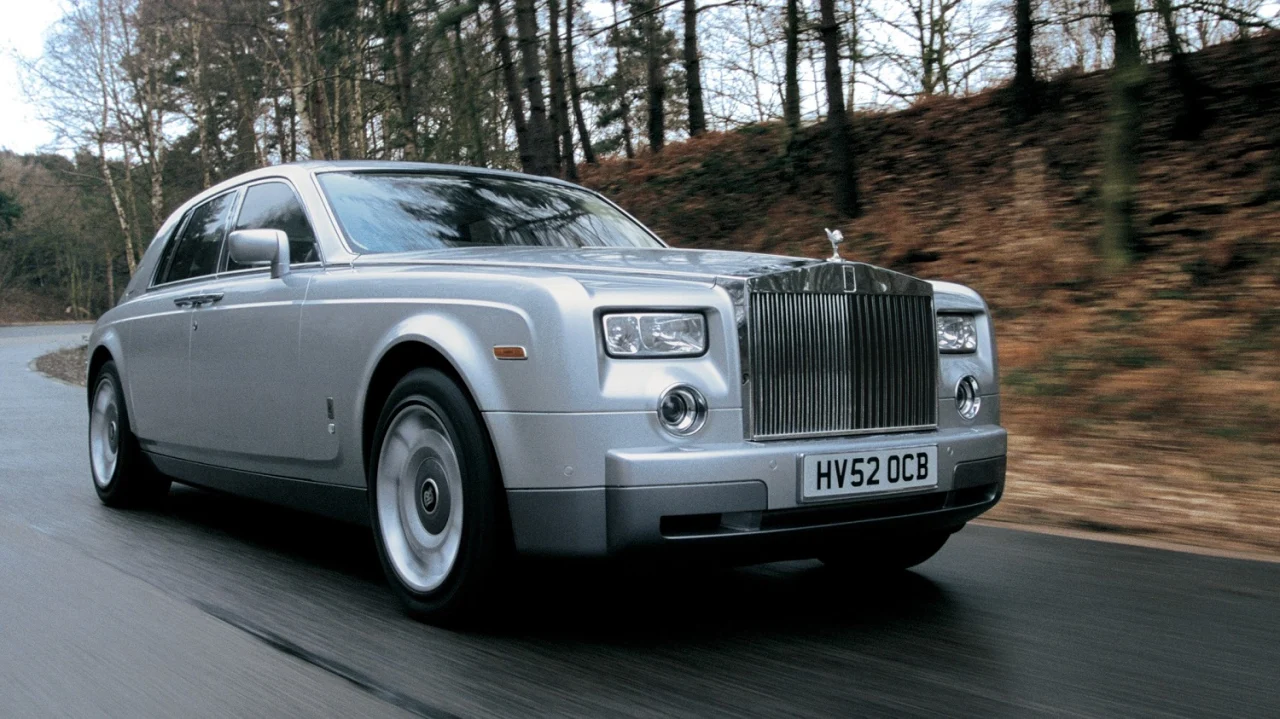
Surprisingly, the parameters for the first new Phantom (codenamed RR01) in more than a decade were relatively open-ended. Rolls-Royce told Chief Exterior Designer Marek Djordjevic it needed to have big wheels, the signature radiator grille, and the Spirit of Ecstasy. Djordjevic looked to Rolls-Royce’s past for inspiration, which he found in the Silver Cloud, Silver Shadow, and an early-1930s coachbuilt Phantom II. According to Rolls-Royce, the end result was a car with “a roofline just over twice the height of the wheels; a long wheelbase, with the front wheels well to the fore and a minimal front overhang; a long bonnet, visually linked to the passenger cabin by an accent line of brightwork; and an imaginary line drawn rising from rear to front along the lower edge of the body, reminiscent of a motor yacht at speed.”
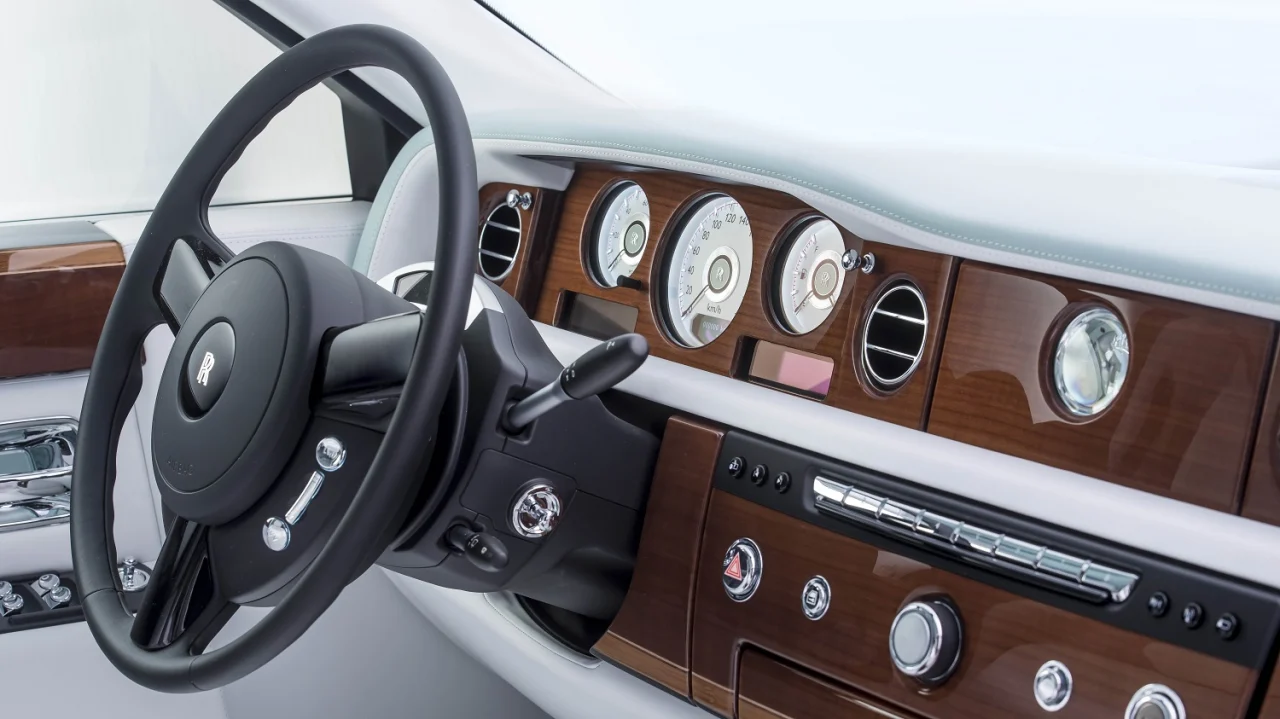
The cabin was designed in line with what Rolls-Royce calls the “Authority Concept,” which emphasizes occupant comfort. In the Phantom VII, the driver had a clear view of the road ahead and could intuitively access important controls on the go just by touch alone.
Rear seating accommodations were available in two configurations: “Individual” with a fixed center armrest and console or “Theatre,” which had a flip-up armrest and seats angled slightly toward each other to make conversations easier. No matter which layout was selected, those in the rear exited the Phantom VII through a pair of distinctive coach doors.
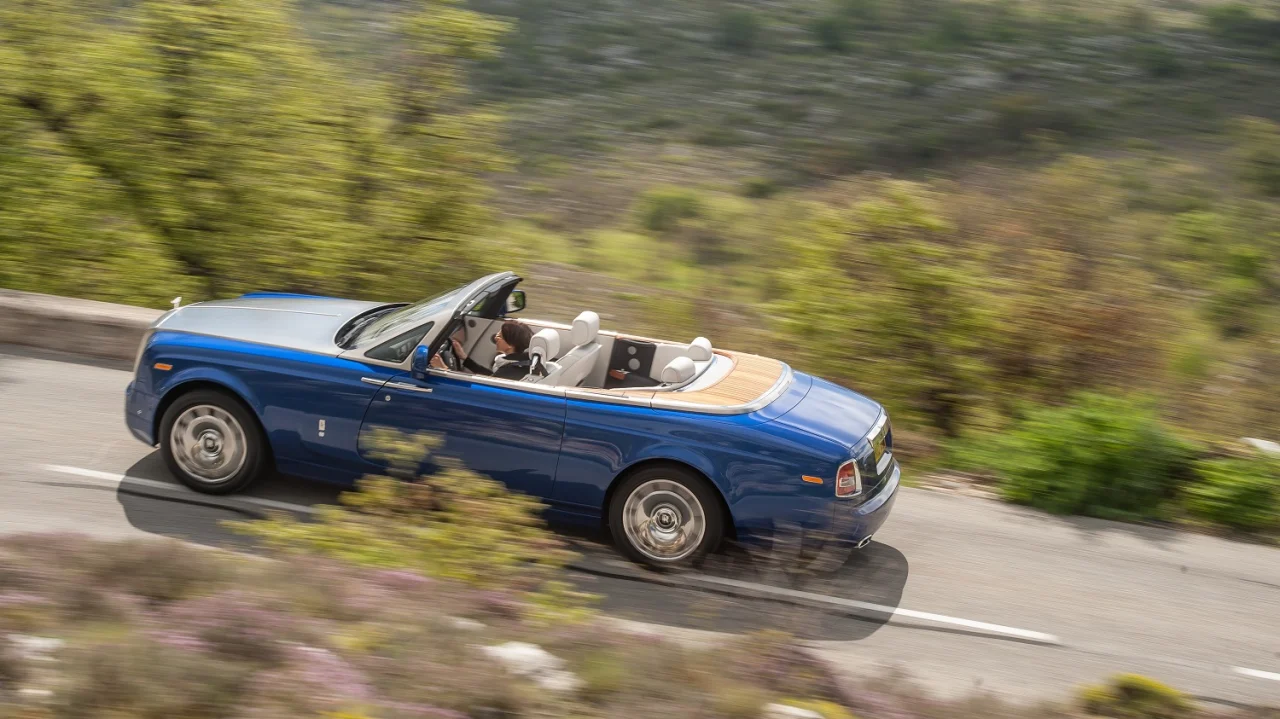
Rolls-Royce used the Phantom’s versatile underpinnings to diversify the range of available models. An Extended Wheelbase model that offered additional second-row space was a logical progression. In response to the popularity of the 100EX concept car inspired by 1930s J-class racing yachts, and shown at the 2004 Geneva Motor Show, the automaker made a similar production car known as the Phantom Drophead Coupé. A Phantom Coupé derived from the 101EX concept debuted later as the first Rolls-Royce with the Starlight Headliner, which has become a signature Rolls-Royce feature.
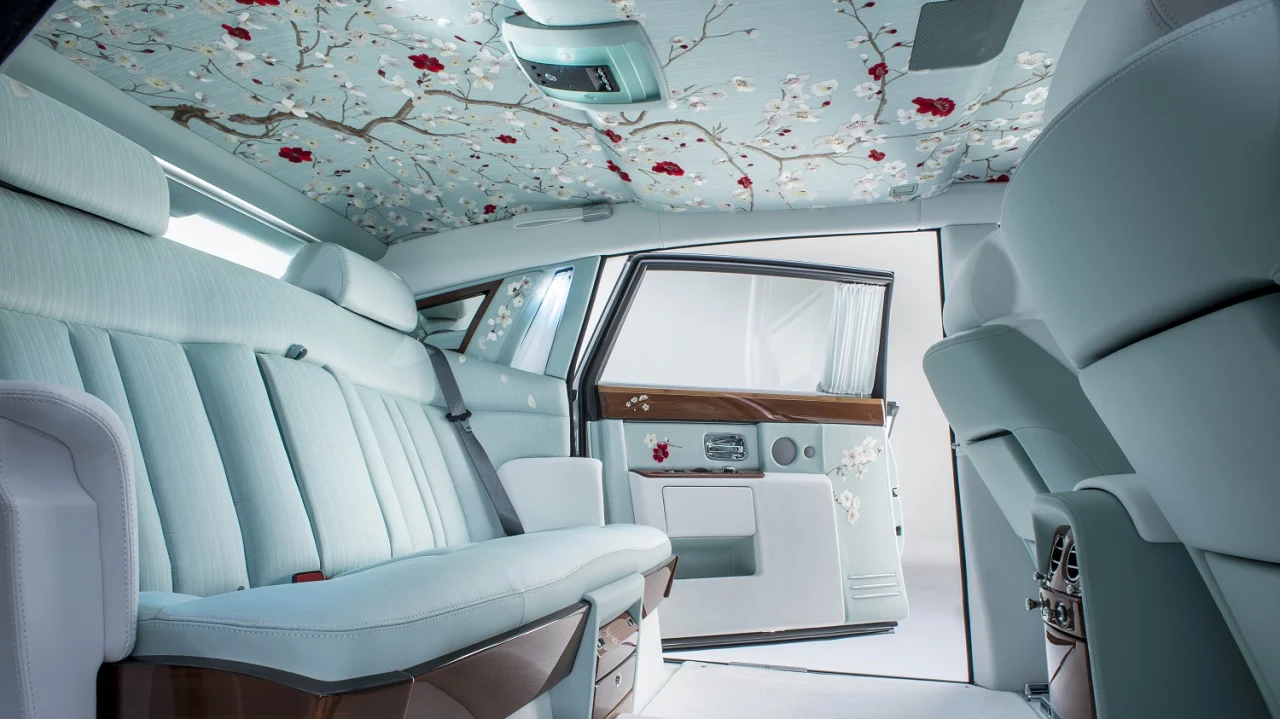
Those searching for something more exclusive and personal turned to Rolls-Royce’s Bespoke division to make their Phantom VIIs truly unique. That trend has only continued over time, making 2024 the peak year for Bespoke builds.
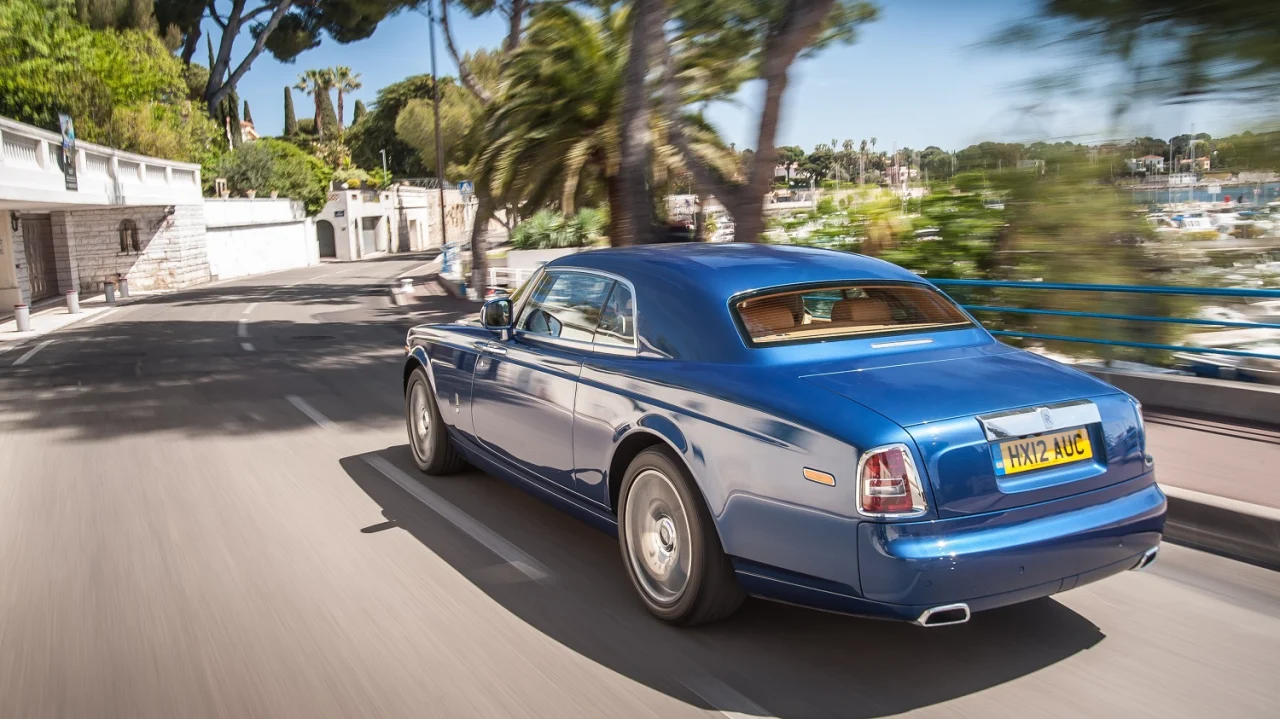
It’s hard to believe that it’s been almost 10 years since the Phantom VII was discontinued. Over the course of 14 years, it brought Rolls-Royce into a new age and set it up for the years to come. As its successor shows, the Phantom continues to be the ultimate sedan from the ultimate luxury car manufacturer.

